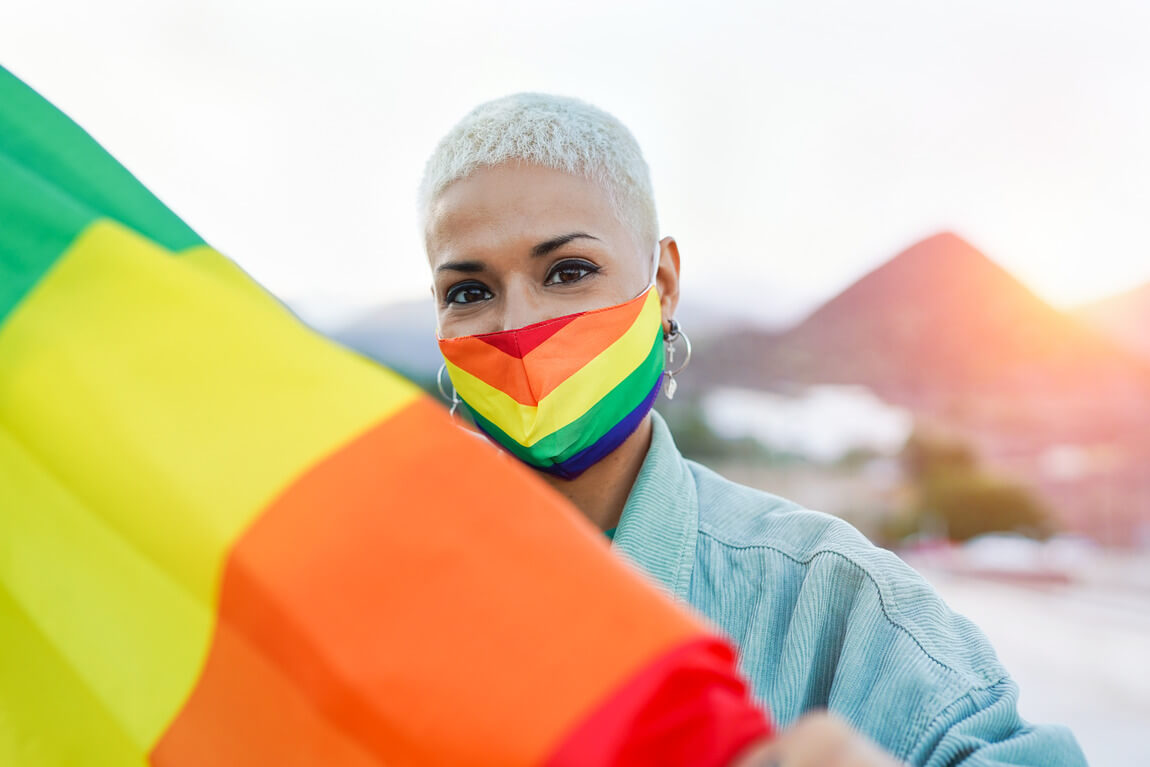Transgender Explained

Transgender is an umbrella word for anyone whose gender identity differs from the sex given to them at birth. Transgender persons may be found all over the world, and their experiences differ depending on where they reside in terms of cultural, social, and political context. Transgender people may have a different gender identity than their assigned sex. They may also express their gender in ways that depart from the gender roles generally given to that sex.
For example, a transgender person designated male at birth may express themselves in ways that are traditionally associated with being female. While transgender people may feel uncomfortable or even dysphoric in their given gender, they can also feel joy and liberation when they are allowed to be their real selves and explore their gender identity.
There are many various sorts of transgender persons, and that variety should be appreciated. While it is important to remember that each transgender person has a unique experience and that no two tales are the same, it is useful to be aware of the most frequent sorts of transgender identities.
- Transgender Woman
A transgender woman is a term that is used to refer to individuals who identify as female but were assigned a male gender at birth. They may undergo hormone therapy and/or gender confirmation surgery to align their physical body with their true gender identity. Transgender women may also choose to dress more femininely and express themselves in a more traditionally female-gendered way.
- Transgender Man
A transgender man is a type of transgender that identifies as a man but was assigned female at birth. Transgender men may refer to themselves as a male, man, transman, or FTM (Female-to-Male). This type of transgender person typically presents himself as a traditional male and may choose to alter their physical appearance through hormone replacement therapy, gender-affirming surgeries, and other means.
- Non-Binary
Non-binary is an umbrella term used to describe gender identities that are not exclusively male or female. People who identify as non-binary may feel that they exist on a spectrum between male and female, or they may identify as a completely separate gender identity outside of the traditional male and female binary. It is important to be respectful and use the pronouns requested by the individual.
- Genderfluid
Genderfluid is a term used to describe individuals who don’t identify with a singular gender. Instead, they experience a fluctuation of gender identity, often over short periods of time. They may identify as male sometimes, and female other times, or even both, neither, or a combination of genders. Genderfluid people may also sometimes use gender-neutral pronouns such as they/them. This can be a difficult concept for some to understand, but it’s important to remember that everyone’s gender identity is valid.
- Agender
Agender is a term used to describe people who don’t identify with any gender or who identify as gender-neutral. They may feel that they have no gender or that their gender is non-binary or unreachable. They may also identify as genderless, or gender-fluid, meaning that their gender identity changes depending on the situation or environment. Agender people may choose to express their gender in creative ways, such as through clothing, hairstyles, or jewelry. They may also choose not to express their gender in any way. It’s important to note that agender is not the same as asexuality, which is the lack of sexual attraction, and that agender people may still feel romantic or sexual.

